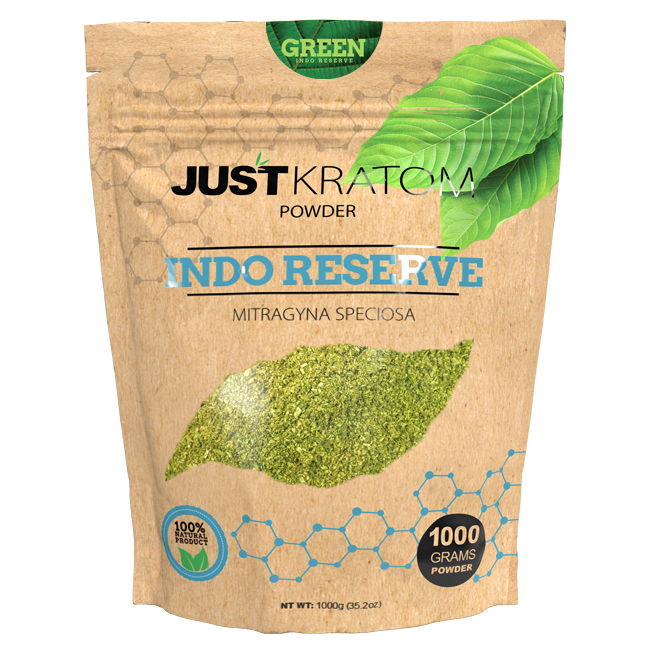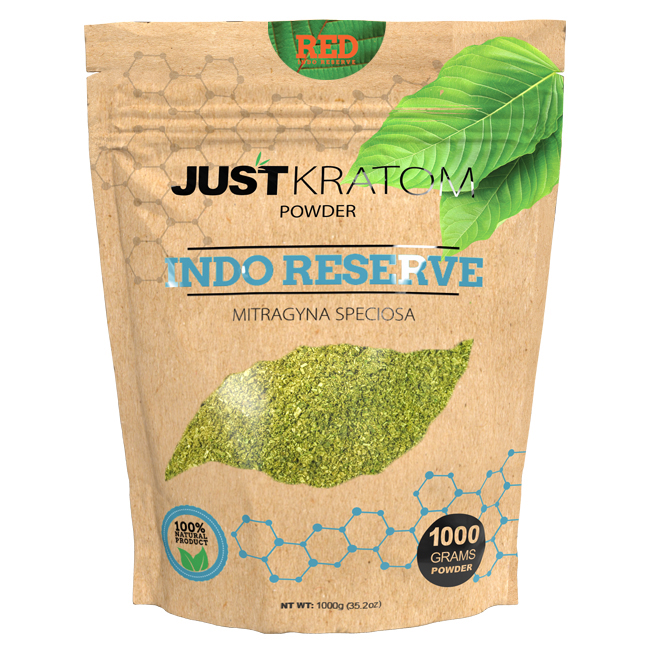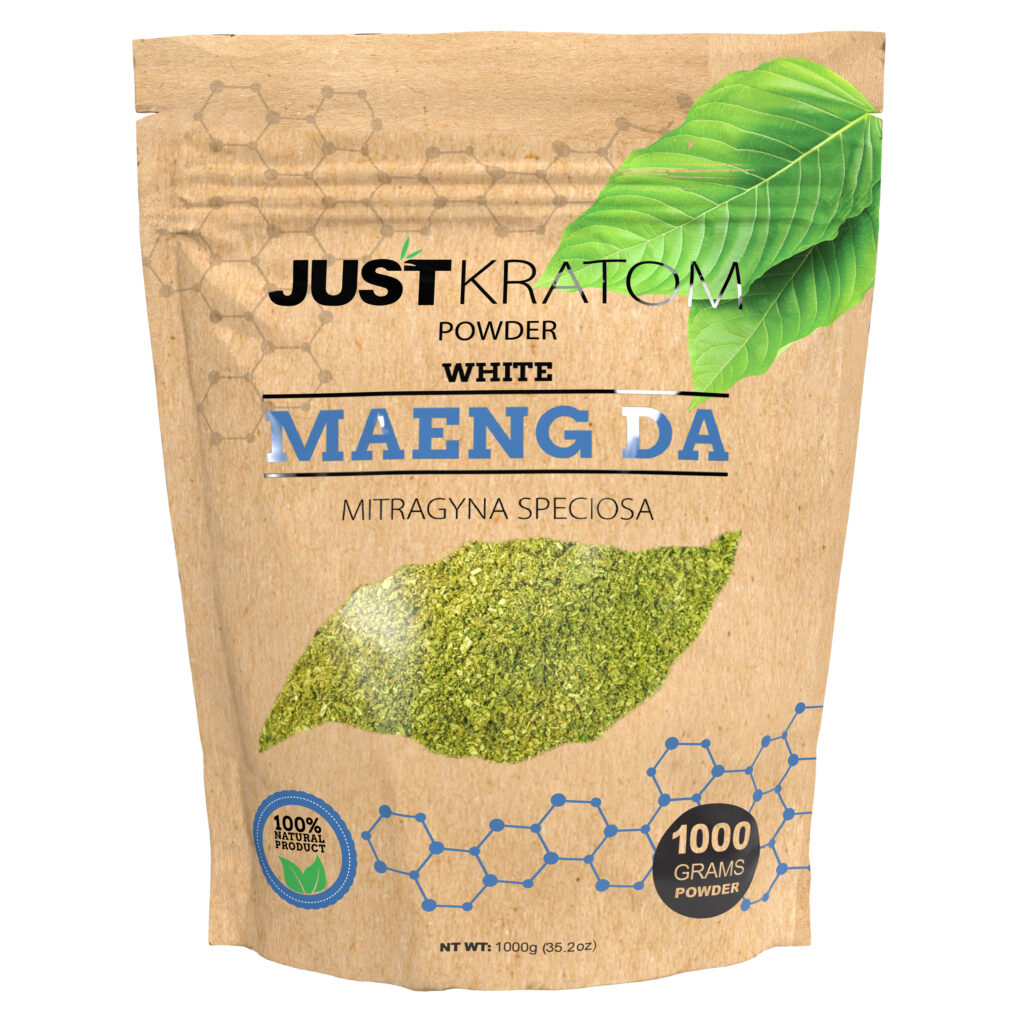Historical Use of Kratom in Traditional Medicine

For centuries, kratom leaves have held a prominent place in traditional medicine systems across Southeast Asia. Indigenous communities utilized this tropical plant for its multifaceted therapeutic properties, employing it to address a wide range of ailments and promote overall well-being.
Southeast Asia
The versatile nature of kratom made it an integral part of traditional healing practices. It was used as an analgesic to alleviate pain from various conditions, including headaches, muscle aches, and arthritis. The leaves were also believed to possess energizing effects, combating fatigue and improving mental focus.
In many cultures, kratom was traditionally consumed as a beverage or chewed fresh. Its use extended beyond physical ailments; it was also employed to address psychological distress, such as anxiety and depression.
Kratom’s impact transcended the realm of medicine, influencing social customs and spiritual practices within Southeast Asian communities.
Indigenous Practices and Beliefs
For centuries, kratom leaves have held a prominent place in traditional medicine systems across Southeast Asia. Indigenous communities utilized this tropical plant for its multifaceted therapeutic properties, employing it to address a wide range of ailments and promote overall well-being.
The versatile nature of kratom made it an integral part of traditional healing practices. It was used as an analgesic to alleviate pain from various conditions, including headaches, muscle aches, and arthritis. The leaves were also believed to possess energizing effects, combating fatigue and improving mental focus.
In many cultures, kratom was traditionally consumed as a beverage or chewed fresh. Its use extended beyond physical ailments; it was also employed to address psychological distress, such as anxiety and depression.
Kratom’s impact transcended the realm of medicine, influencing social customs and spiritual practices within Southeast Asian communities.
Medicinal Properties Believed to be Offered by Kratom Powder
For centuries, kratom leaves have held a prominent place in traditional medicine systems across Southeast Asia. Indigenous communities utilized this tropical plant for its multifaceted therapeutic properties, employing it to address a wide range of ailments and promote overall well-being.
The versatile nature of kratom made it an integral part of traditional healing practices. It was used as an analgesic to alleviate pain from various conditions, including headaches, muscle aches, and arthritis. The leaves were also believed to possess energizing effects, combating fatigue and improving mental focus.
In many cultures, kratom was traditionally consumed as a beverage or chewed fresh. Its use extended beyond physical ailments; it was also employed to address psychological distress, such as anxiety and depression.
Kratom’s impact transcended the realm of medicine, influencing social customs and spiritual practices within Southeast Asian communities.
Pain Relief
For centuries, kratom leaves have held a prominent place in traditional medicine systems across Southeast Asia. Indigenous communities utilized this tropical plant for its multifaceted therapeutic properties, employing it to address a wide range of ailments and promote overall well-being.
The versatile nature of kratom made it an integral part of traditional healing practices. It was used as an analgesic to alleviate pain from various conditions, including headaches, muscle aches, and arthritis. The leaves were also believed to possess energizing effects, combating fatigue and improving mental focus.
- Pain Relief:
- Increased Energy
- Improved Focus
In many cultures, kratom was traditionally consumed as a beverage or chewed fresh. Its use extended beyond physical ailments; it was also employed to address psychological distress, such as anxiety and depression.
Kratom’s impact transcended the realm of medicine, influencing social customs and spiritual practices within Southeast Asian communities.
Mood Elevation
Traditionally, kratom has been used to elevate mood in various Southeast Asian cultures. It is believed to possess properties that can alleviate symptoms of anxiety and depression, bringing a sense of calmness and well-being.
Energy Enhancement
In traditional medicine systems across Southeast Asia, kratom powder has long been recognized for its potential therapeutic benefits.
One of the key uses of kratom is as a natural analgesic to alleviate pain. It’s believed to help manage pain from various conditions, including headaches, muscle aches, and arthritis.
Kratom is also traditionally consumed to boost energy levels and enhance mental focus. Users often report experiencing reduced fatigue and improved cognitive clarity after consuming kratom.
Kratom Preparations and Consumption Methods
Kratom, a tropical plant native to Southeast Asia, has been an integral part of traditional medicine for centuries. Indigenous communities utilized various preparations of the kratom tree’s leaves to address a wide array of ailments and promote overall well-being.
Traditional Brewing Techniques
Kratom is traditionally prepared by grinding the dried leaves into a fine powder. This powdered form can then be consumed in several ways.
One common method is mixing kratom powder with water to create a beverage. The consistency of the beverage can vary, ranging from a thin tea-like liquid to a thicker, more paste-like concoction.
Kratom can also be brewed similarly to tea using hot water and steeped for a specific duration. Different brewing times may yield variations in the taste and potency of the final product.
In some cultures, kratom powder is simply mixed with a small amount of liquid and then chewed directly, allowing for a more rapid onset of effects.
Forms of Consumption
Kratom preparations come in various forms, each offering a slightly different consumption experience. One of the most common forms is kratom powder, derived from grinding dried kratom leaves into a fine consistency. This versatile powder can be consumed in several ways.
Mixing kratom powder with water is a popular method, creating a beverage ranging from a thin tea-like liquid to a thicker paste. Brewing kratom similarly to traditional tea using hot water and steeping for a specific duration is also common.
Some individuals prefer chewing kratom powder mixed with a small amount of liquid, allowing for quicker absorption.
Potential Risks and Side Effects Associated with Kratom Use

While kratom has been used traditionally in Southeast Asia for centuries, it’s important to be aware of the potential risks and side effects associated with its use. These can include nausea, constipation, dizziness, itching, and increased heart rate. In some cases, kratom can lead to more serious problems such as liver damage, seizures, and addiction.
Dosage Considerations
It is crucial to approach kratom use with caution and awareness of its potential risks. Excessive consumption or prolonged use can lead to adverse effects.
Kratom’s impact on the body varies depending on the dose consumed, individual sensitivity, and other factors.
Potential side effects of kratom use include nausea, constipation, dizziness, itching, and an increased heart rate. In some cases, kratom can lead to more serious problems such as liver damage, seizures, and addiction.
It’s essential to start with a low dose and gradually increase it as needed to assess tolerance and minimize the risk of adverse effects.
Individuals with pre-existing medical conditions, particularly those involving the liver, heart, or central nervous system, should consult with a healthcare professional before using kratom.

Pregnant and breastfeeding women are advised to avoid kratom use due to potential risks to the fetus or infant.
Interactions with Other Substances
Kratom can interact with various substances, potentially leading to unpredictable effects. Mixing kratom with opioids like morphine or codeine can enhance their depressant effects, increasing the risk of overdose.
Combining kratom with stimulants like caffeine or methamphetamine can lead to heightened anxiety, insomnia, and increased heart rate.
Kratom’s effects on the central nervous system can also interact with medications for depression, anxiety, and other mental health conditions.
It is crucial to inform your healthcare provider about all substances you are using, including kratom, to avoid potentially harmful interactions.
Cultural and Social Implications of Kratom Use
Kratom’s use in Southeast Asian cultures extends far beyond its medicinal applications. The plant has become deeply embedded in social customs and spiritual practices, playing a significant role in community life and cultural identity.
Role in Traditional Rituals and Ceremonies
For centuries, kratom leaves have held a prominent place in traditional medicine systems across Southeast Asia. Indigenous communities utilized this tropical plant for its multifaceted therapeutic properties, employing it to address a wide range of ailments and promote overall well-being.
The versatile nature of kratom made it an integral part of traditional healing practices. It was used as an analgesic to alleviate pain from various conditions, including headaches, muscle aches, and arthritis. The leaves were also believed to possess energizing effects, combating fatigue and improving mental focus.
In many cultures, kratom was traditionally consumed as a beverage or chewed fresh. Its use extended beyond physical ailments; it was also employed to address psychological distress, such as anxiety and depression.
Kratom’s impact transcended the realm of medicine, influencing social customs and spiritual practices within Southeast Asian communities.
In some ceremonies, kratom was offered as a symbol of hospitality and respect. It was also used in rituals for healing, protection, and enhancing spiritual connection.
The sharing of kratom amongst community members fostered a sense of unity and belonging, strengthening social bonds and reinforcing cultural traditions.
Today, while kratom’s use is facing increased scrutiny and regulation in some parts of the world, its deep-rooted cultural significance in Southeast Asia remains profound. It continues to play a vital role in traditional practices, serving as a testament to the rich history and diverse medicinal knowledge of these communities.
Stigma and Legal Status
The use of kratom, a tropical plant native to Southeast Asia, is deeply entwined with cultural traditions and social customs within those regions. For centuries, kratom has been integrated into traditional healing practices, serving as a multifaceted remedy for various ailments.
While its medicinal properties are recognized, kratom’s impact extends beyond physical health. It plays a significant role in social rituals, ceremonies, and spiritual practices, fostering community cohesion and strengthening cultural identity.
However, the perception of kratom varies widely across cultures and geographical locations. In Southeast Asia, where it has been used traditionally for generations, kratom is often viewed as a safe and natural remedy. Conversely, in some Western countries, kratom faces legal restrictions and is perceived with skepticism due to concerns about its potential risks and addictive properties.
This contrasting view highlights the importance of understanding cultural context when discussing the use of substances like kratom. What may be considered a harmless traditional practice in one culture could be viewed as a dangerous drug in another.
The legal status of kratom remains complex and evolving globally. In some countries, it is completely banned, while others permit its use under specific regulations. The lack of consistent legal frameworks contributes to the stigma surrounding kratom, making it difficult for individuals seeking information or treatment related to its use.
This stigma can create barriers for people who rely on kratom for pain management or other health reasons. It can also prevent open and honest conversations about its potential benefits and risks, hindering research and public understanding of this complex plant.
Moving forward, it is crucial to approach discussions about kratom with cultural sensitivity and a commitment to evidence-based information. By fostering open dialogue, promoting responsible use practices, and addressing the stigma associated with it, we can create a more informed and nuanced understanding of kratom’s role in both traditional medicine and contemporary society.
Get your Kratom Powder from Just Kratom Store
- How To Use Obagi Nu-Derm System To Reduce Wrinkles In Kingston Upon Thames Surrey London - September 27, 2025
- How Lomg Does Lip Filler Last - September 27, 2025
- Gummy Smile Treatment – Gum Contouring Near Kempton Park, Surrey - September 24, 2025
